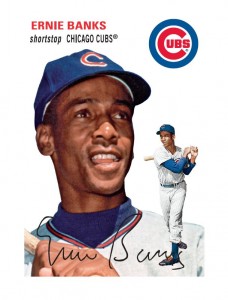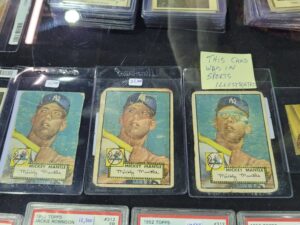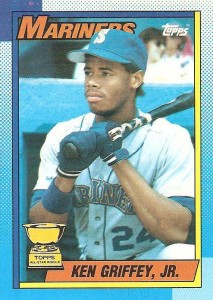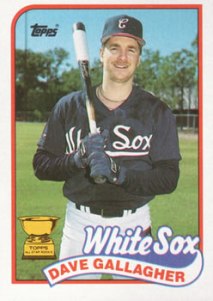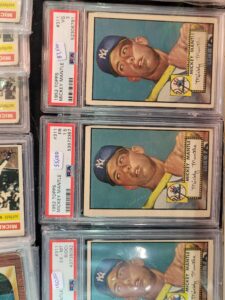Note: this article on the Topps monopoly era is part of a series on the overall history of baseball card collecting. It will run in portions here and on the Internet Baseball Writers Association of America newsletter.
Remember opening your first ever wax pack of Topps baseball cards? Oftentimes, the back bookend of the card came with a stain on it, from having been wedged against the chewing gum inside. Not exactly what you want if you’re looking for a mint condition grade.
Topps took off as a brand in 1952, and the Mickey Mantle card in that set is our next Holy Grail card. Currently, it has the honor of being tied for the most expensive card of all time. A whopping $5.2 million was paid for a 1952 Topps Mickey Mantle PSA 9 in January 2021 by actor and entrepreneur, Rob Gough. As Topps developed and evolved, rookie cards became the most sought-after and valuable commodity in the baseball card world.
But not far behind were Topps iconic All-Star Rookie Cards. Quoting Trading Card Database:
“Since 1959, Topps has selected players for their annual All-Star Rookie Team. It usually consists of C, 1B, 2B, 3B, SS, 3 OF, LHP, RHP. In 2010 they added an RP, and in 2018 they added a DH. Topps would then put the trophy symbol on that player’s card the following year. (ex- the 1959 players had it on their 1960 card). In 1974 and again in 1979 thru 1986, All-Star Rookies were selected, but the trophy cup was left off.”
In the ’70s Topps shifted from a large trophy featuring a figurine to a bowl on the cardboard, but for a long time, these were the gold standard for baseball cards.
The Topps All-Star rookies, or as we called them back in the day “cup cards,” were the first example of some eye-catching bells and whistles, so to speak, which would later become the norm in baseball cards, and only got seriously ramped up in future decades.
Topps experimented with their rookie cards, putting two, three, or sometimes even four different players on the same card. When it comes to MLB prospects, it’s like buying growth stocks- always a crapshoot.
Obviously, some do hit, but most really miss. The idea of seeing not one, but two Hall of Famers on the same rookie card truly defies very long odds.
That’s what we have in our next Holy Grail card, 1978 Topps #707 American League Rookie Shortstops, which features two Cooperstown enshrinees in Paul Molitor and Alan Trammel. Joining them on the card is U.L. Washington, who did have a decent career himself, and Mickey Klutts, who also played a few years in the show.
It wasn’t long until everyone got their own rookie card, however.
Be on the lookout for the next part of the series, which focuses on when other competitors broke in, the Golden Age ensued, and then expansion, over-expansion, and the bubble inevitably bursting.
Paul M. Banks is the Founding Editor of The Sports Bank. He’s also the author of “Transatlantic Passage: How the English Premier League Redefined Soccer in America,” and “No, I Can’t Get You Free Tickets: Lessons Learned From a Life in the Sports Media Industry.”
He currently contributes to Ravens Wire, part of the USA Today SMG’s NFL Wire Network. His past bylines include the New York Daily News, Sports Illustrated, Chicago Tribune and the Washington Times. You can follow him on Twitter.
